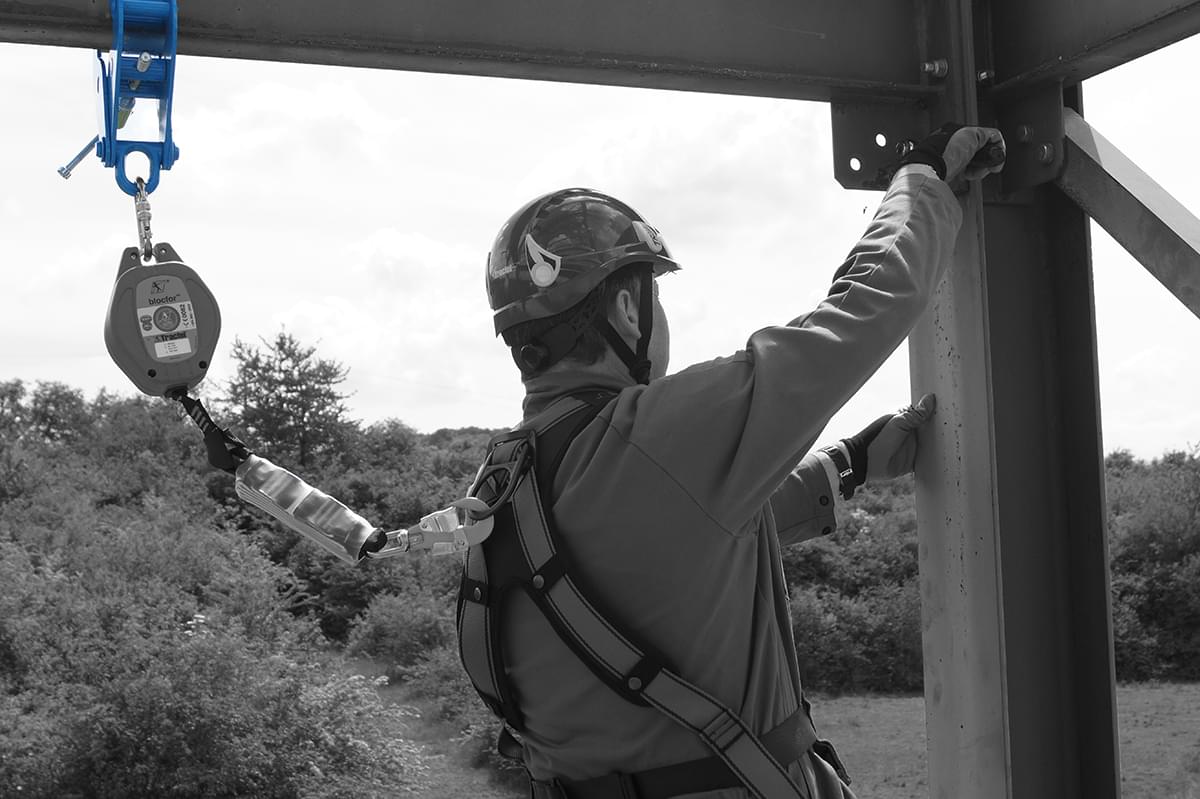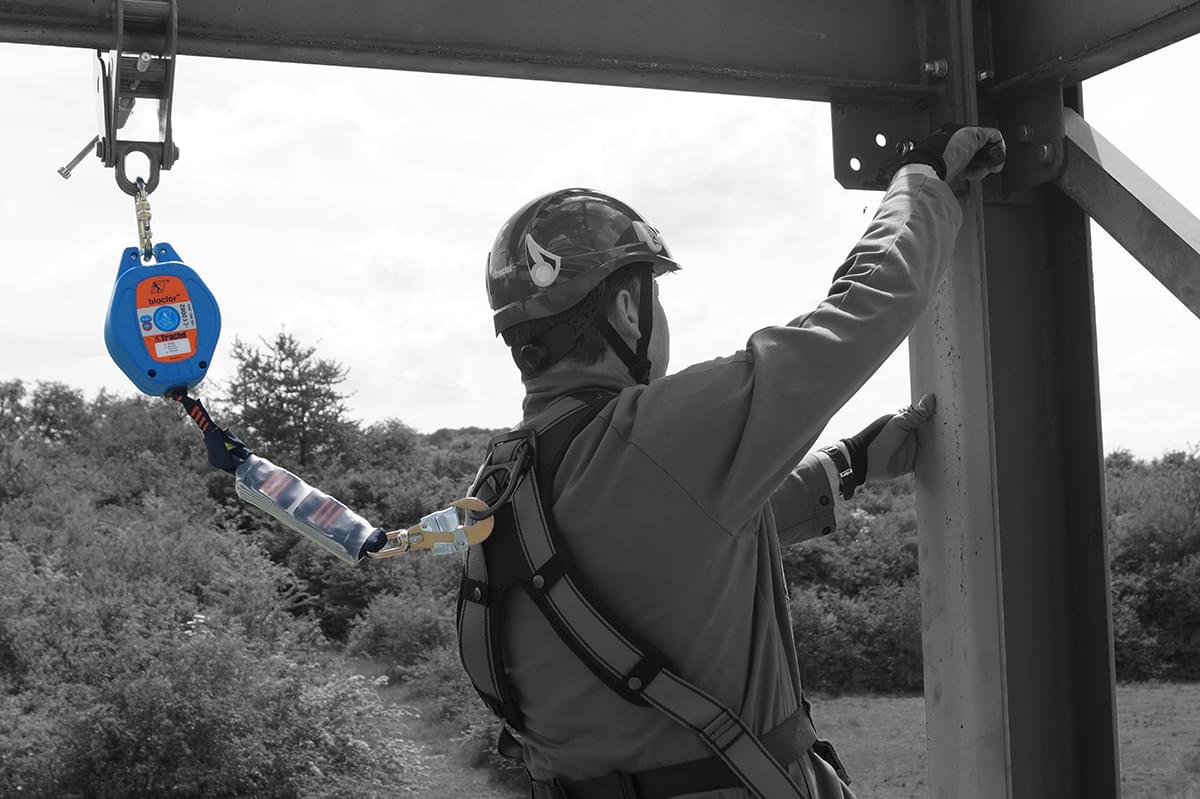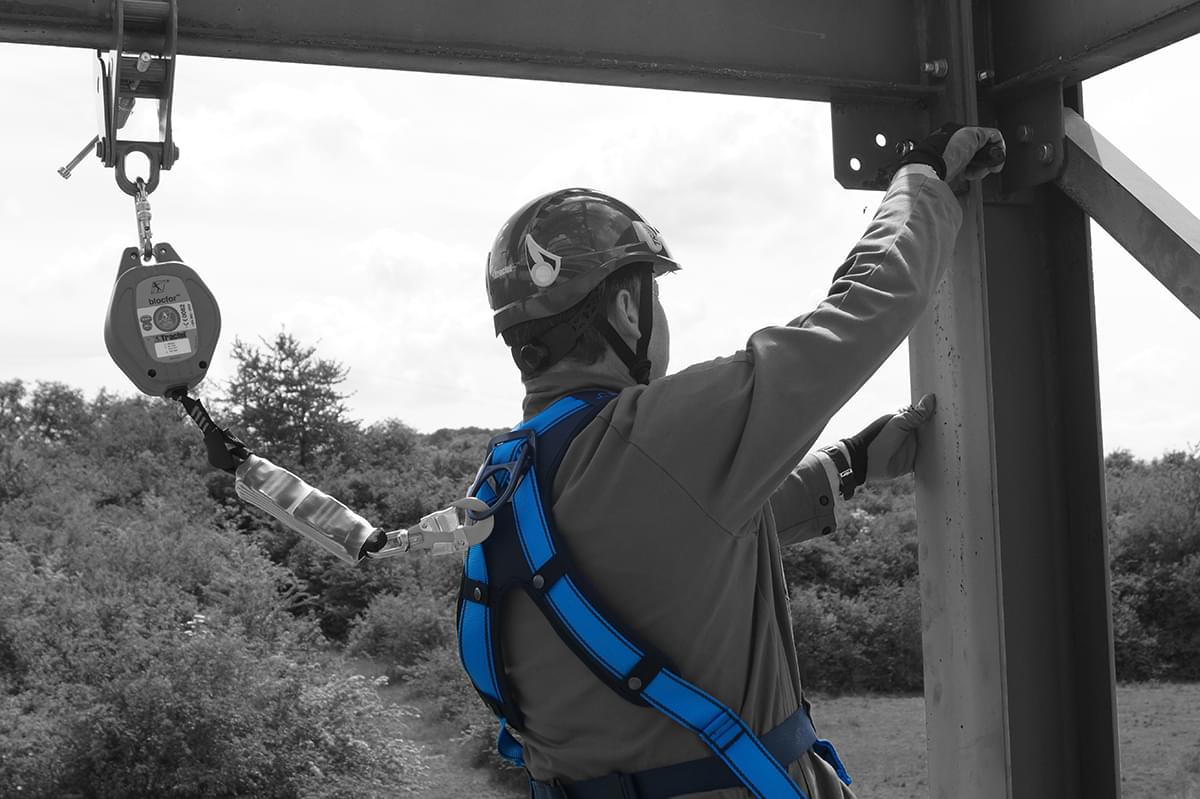Ensuring a safe working environment is paramount, particularly in locations where there is a risk of falling. Fall protection is an essential component of safety measures designed to facilitate safe and responsible work practices. Fall protection involves finding dangers, evaluating risks, taking steps to prevent accidents, and keeping workers safe if they fall.
To keep workers safe at heights, workers use a system of fall protection measures to determine what safety precautions to take. This hierarchy includes the following stages:
Stage 1: Eliminate Fall Hazards:
Start by eliminating fall hazards where possible. You can achieve this by conducting work on the ground or through smart designs that create a safe working environment.
Stage 2: Collective Protection:
When we cannot eliminate the hazard, we must implement collective protection measures. These rules help all workers by adding fences or guardrails around the work area for safety.
Stage 3: Personal Protective Equipment (PPE):
As a last resort, workers use a fall arrest system that incorporates personal protective equipment.
Two primary fall arrest systems exist:
Work Positioning:
This system, also known as restraint, prevents the worker from reaching a position where a fall is possible.
Fall Arrest System:
People use this system in situations where a fall is possible. If a fall occurs, the system absorbs the forces and stops the person before they reach the ground.
The ABCs of Fall Protection:
To make selecting the right fall protection system easier, consider the ABCs of fall protection. These are the fundamental components of a fall protection system:
A - Anchorage:
An anchorage point is a safe connection between a device and a stable structure, with a minimum strength of 12kN.

Two categories of anchorage points exist:
-
Permanent anchorage points (anchor eyes, horizontal cable and rail systems)
-
Mobile anchorage points (beam clamps, anchor slings, and deadweight anchors)
-
Anchorage points can be beams, scaffolding, or a mobile anchor sling attached to existing structures for safety purposes.
B - Body Support:
The harness has one or more anchorage points that allow the user to connect to the connecting device (C). The harness keeps the user safe during a fall by spreading the force evenly across the body before and after.

C - Connection:
A connection device (the fall arrester) is used to link the anchorage point (A) to the harness (B). Fall arresters reduce the forces exerted on the body during a fall.

-
Lanyard with absorbers (max. length 2m)
-
Automatic self-retracting fall arresters
-
Guided type fall arresters with anchor line
Don't forget the ABCs: use the right equipment and training to work safely at height and prevent falls.
Different Types of Fall Protection:
Understanding the different types of fall protection is crucial to selecting the appropriate system for your specific needs.
Restraint Work:
-
Designed to prevent users from falling.
-
Not intended to stop a fall; users cannot reach unprotected edges.
Work Positioning:
-
Companies design work positioning systems for working at height.
-
Often used in combination with fall protection but is not a fall arrest system.
Fall Arrest:
-
Companies design fall arrest systems to safely stop a fall.
-
Reduces injury risks by absorbing fall forces and holding the person in a comfortable position.
Selecting the Right Fall Protection:
To choose the right fall protection system, thoroughly analyze the work situation:
- Determine the type of work to be done.
- Evaluate the risk of falling during the work.
- Calculate the free falling distance.
- Consider the required movement.
- Assess the duration of work.
- Identify suitable locations for securing the fall arrest system.
Conclusion:
Selecting the appropriate fall arrest system is crucial for ensuring the safety of workers at height. To prevent falls, follow the ABCs of fall protection and analyze the work situation carefully to make smart decisions. Remember, safety should always be a top priority, so don't compromise on the right tools and equipment.